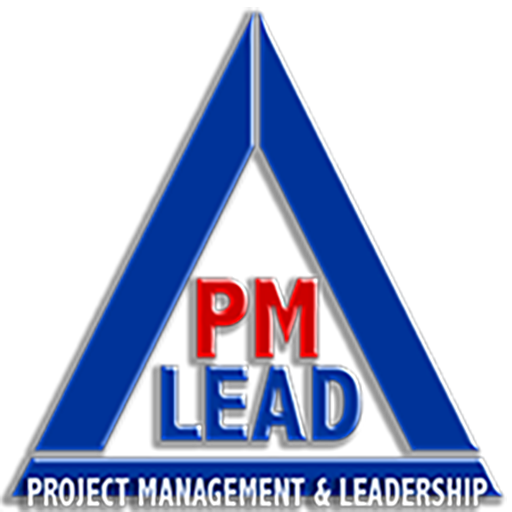There are a total of six levels of Lean Six Sigma project management certification . At each level, the candidate must have an even more in-depth knowledge of the different tools and processes linked to the method. It is relatively simple to identify them since they use belt colors (as in many martial arts) to mark the progress in mastering Lean.
I. White Belt and Yellow Belt
These first two levels, in fact, mark the discovery of the Lean project management method and do not require any specific validation. To get them, it is enough to participate in an initiation training (one day for White Belt and up to three days for Yellow Belt). At the end of this initiation, the participants can understand the different concepts specific to the Lean method and the advantages it can bring. This training is often intended for managers and more generally for all persons intended to participate in Lean projects, but without accessing the steering functions.
II. Green Belt
The Green Belt training lasts two weeks and aims to teach participants to use the basic tools of the Lean method. At the end of the training, they will be able to manage small projects independently. They will, therefore, be able to pilot projects with the Lean method within their company (up to 25% of their working time).
III. Black Belt
Black Belt training is much more advanced, with advanced learning of Lean tools. The mastery of tools such as change management, re-qualification of processes, or even advanced statistics is on the program. After four to five weeks of training, participants will be able to manage strategic projects of greater complexity. Once reintegrated into their company, Black Belt certified people will be required to manage full-time projects.
IV. Master Black Belt
Only Black Belt certified people who have already carried out a certain number of Lean projects can hope to succeed in obtaining the Master Black Belt level. The level is very high for this certification. It is not only necessary to have acquired a solid experience in the conduct of Lean projects, but also to follow additional training relating to coaching, training animation, and management of project portfolios. The certified Black Belt Masters are brought to manage Lean services in the company. They also provide training for other levels and support the various Lean projects.
V. Champion lean
This is a different certification from the others because it does not imply a complete mastery of Lean tools. The mission of a Lean champion is to promote the deployment of Lean methods within the company and to pilot it. It also works on projects to resolve deadlock situations.
Obtaining the Green Belt, Black Belt, and Master Black Belt certifications require passing several written knowledge validation exams and successfully carrying out Lean projects which must be validated by a higher level.
Visit https://www.iassc.org for more information

